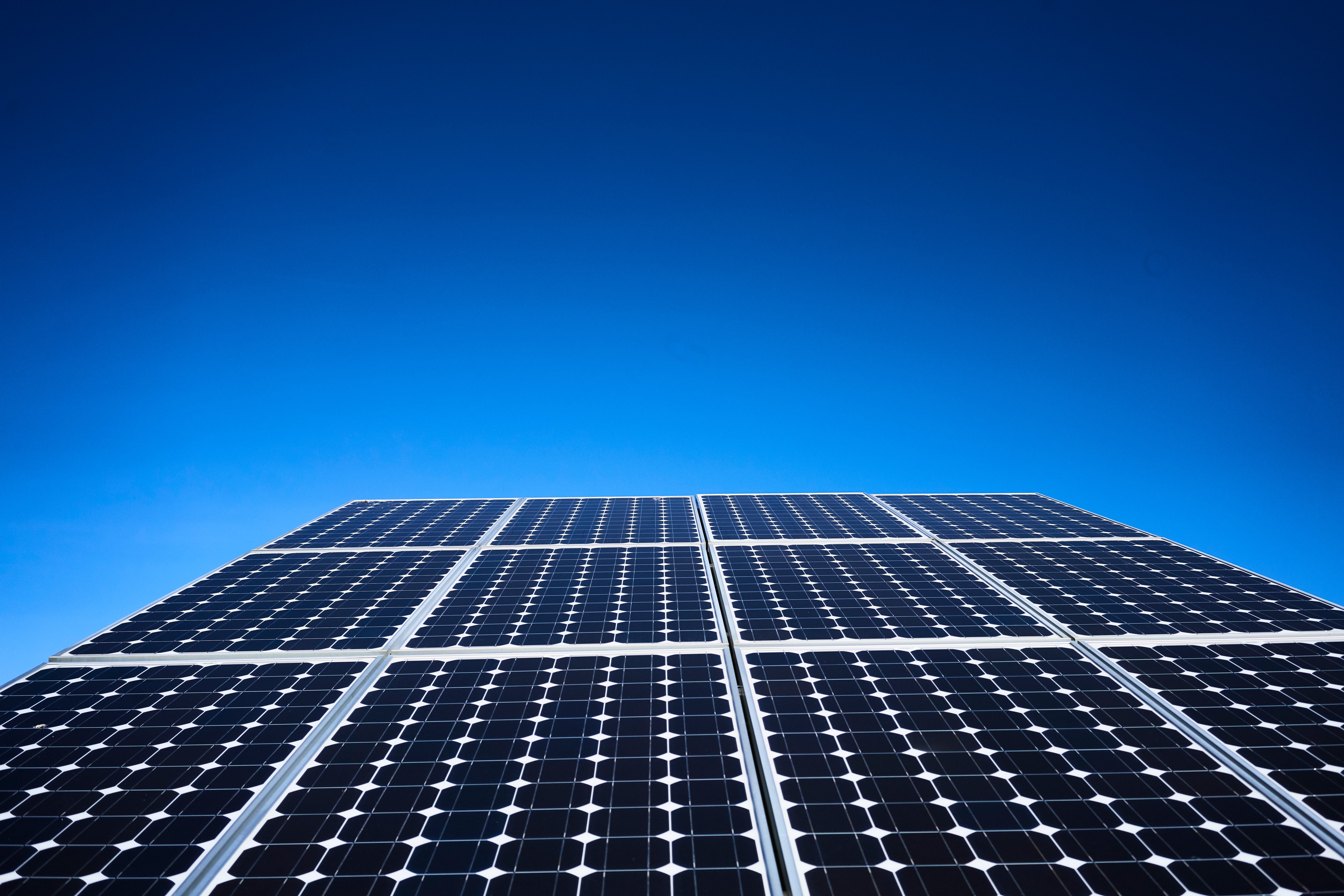Listed below are the available rate schedules associated with distributed energy resources. It is important to note that a renewable energy system CANNOT be connected to a service with subtractive metering (i.e. smart EV chargers, Off Peak, Dual Fuel) or incentive-based rates (i.e. Peak Interruptible).
These rates are effective May 2025.
Net Energy Billing
Available to any Qualified Facility (QF) of less than 40 kW AC capacity, connected in parallel with the Cooperative's facilities, that does not select either the Roll Over Credits, Simultaneous Purchase and Sale Billing, or Time of Day rates.
The Cooperative shall bill the QF for the excess of energy supplied by the Cooperative above energy supplied by the QF according to the Cooperative's applicable retail rate schedule.
The Cooperative shall pay the member for the energy generated by the QF that exceeds that supplied by the Cooperative at the Average Retail Cooperative Energy Rate (ARCER) per kWh as follows:
| Rate Schedule | Type of Service | Rate |
|---|
| PG-1 & 901R | Residential Service (A, AU) | $0.11146/kWh |
| PG-1B & 901F | Small General Service (B, B1) | $0.10772/kWh |
| PB-1C & 901 | Medium General Service with Demand (C, C1) | $0.06386/kWh |
The Distribution Grid Access Fee only applies to the Average Energy Retail Rate and will be applied monthly as follows:
| Rate Schedule | Type of Service | Per kW Fee in Excess of 3.5kW | Max. Monthly Fee Note to Exceed |
|---|
| PG-1 & 901R | Residential | $3.00/kW | $25.00 |
| PG-1B & 901F | Small General Service | $3.00/kW | $29.00 |
| PG-1C & 901 | Medium General Service with Demand | $1.18/kW | $43.00 |
Roll Over Credits
Available to any QF of less than 40kW, connected in parallel with the Cooperative's facilities, that does not select either Net Energy Billing, Simultaneous Purchase and Sale Billing, or Time of Day rates.
KWh's produced by the QF in excess of the monthly usage shall be supplied as an energy credit on the member's energy bill, carried forward and applied to subsequent energy bills, with an annual true-up on the last day of February. These do not have cash value and cannot be used to pay for the Basic Service Charge, taxes, or other fees. Excess energy credits existing as of the last day of February shall default back to the Cooperative with no compensation to the QF.
The grid access fee does not apply to this rate.
Time-of-Day Purchase Rate
Available to any QF of 100 kWh capacity or less and available to QFs with capacity of more than 100kW if firm power is provided. Required for qualified facilities with capacity equal to or greater than 40 kW and less than or equal to 100 kW.
Cooperative shall pay the member for all energy delivered per the current rate schedule for Time-of-Day Purchase rate per kWh for the Cooperative's power supplier from which energy purchases are first avoided.
The grid access fee does not apply to this rate.
| Rate Schedule | Rate |
|---|
| PG-1TOD | Energy Furnished On-Peak*
$0.03204/kWh Energy Furnished Off-Peak
$0.02027/kWh *Summer on-peak period is June through August, 1:00 PM - 5:00 PM, Monday through Friday, except on Independence Day. Winter on-peak period is December through February, 4:00 PM - 7:00 PM, Monday through Friday, except Christmas Day and New Year's Day. The off-peak period is all other times. |
